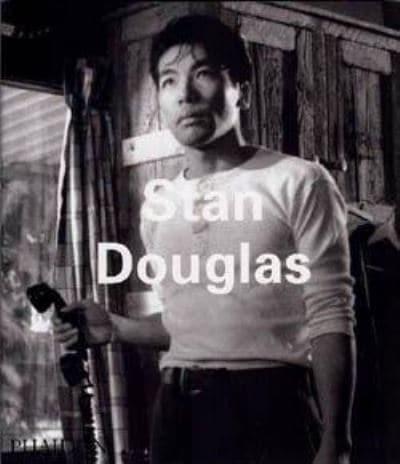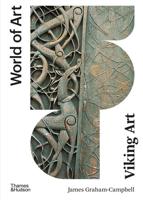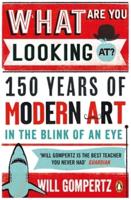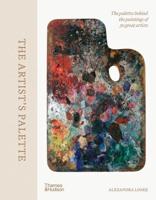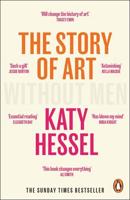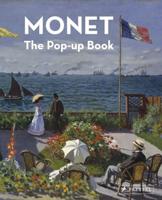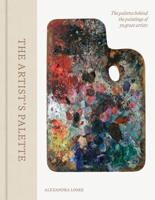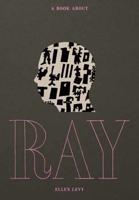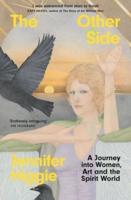Publisher's Synopsis
From his early brief dramas for television depicting uncanny David Lynch-like encounters, to his spectacular split-screen film installation Der Sandmann, Stan Douglas' (b.1960) work is layered with the artist's observations on social and racial alienation and psychological states. The artist is a master at selecting images that evoke entire social and political moments. Examples include a reconstructed 1960s Paris TV broadcast of free-jazz that suggests the May 1968 generation and its connections with African-American musical freedom; and landscape studies of Nootka Sound in Canada that stir memories of the European conquests of Native Americans.
Featured in such major exhibitions as Documenta and the Venice Biennale and nominated for the Hugo Boss/Guggenheim prize in 1997, Douglas has emerged as an international figure. This is the first major publication on his work.
Canadian curator and writer Scott Watson surveys the artist's work in relation to late twentieth-century aesthetics, politics and psychoanalysis, while American artist Diana Thater conducts an in-depth interview on the sources behind Douglas's work. Carol J. Clover, an expert on film and Nordic mythology, focusses on the fusion in film, psychoanalysis and fable in Der Sandman. The Artist's Choice text is by French philosopher Gilles Deleuze from his 1967 essay 'Humour, Irony and the Law', which reflects on the issues of power and powerlessness also central to Douglas's art. The histories and ideas behind the artist's works are explained through project descriptions, notes and scripts in the Artist's Writings section, alongside an essay on the teleplays of Samuel Becket and an interview with curator and critic Lynne Cooke.
